Regarding hobbies, I have two main ones…firearms and video games.
I’ve been shooting since I was a kid, and coincidentally I’ve been playing video games since I was a kid. Both are fun hobbies that allow me to put all my focus on one particular task.
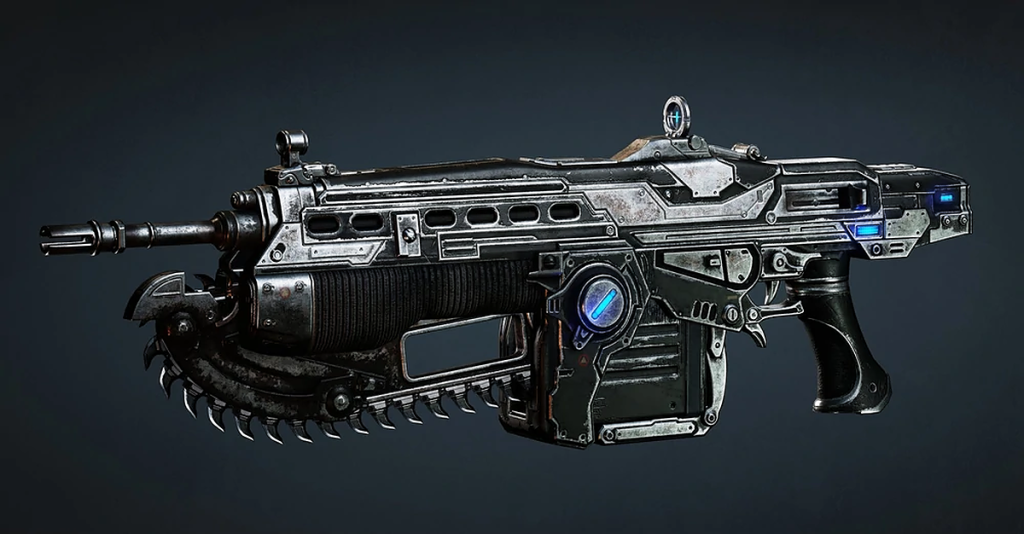
As a guy who likes to shoot and game, it’s no surprise. I play a lot of shooters. I love third, and first-person shooters and typically enjoy taking out zombies, aliens, and hellspawn in my free time.
Video games are meant to be fun and not always realistic, and I get that.
I understand not everyone is into Arma levels of detail, but even so, I want to point out the most egregious flaws in modern gaming regarding guns.
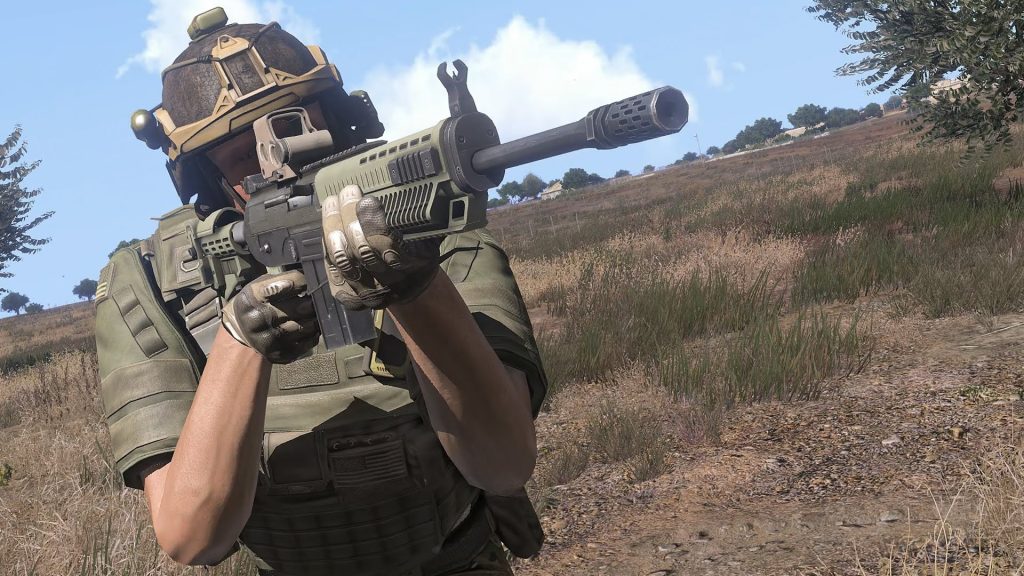
I’m not doing this to ruin games but rather to educate new shooters who are also gamers.
Video games helped get me into guns and got that spark lit beyond the hunting and sporting firearms I used in my youth.
I’m betting video games are still a great way to garner interest in guns. Shooting a Glock or AR in a video game is one of the few experiences you can replicate in real life.
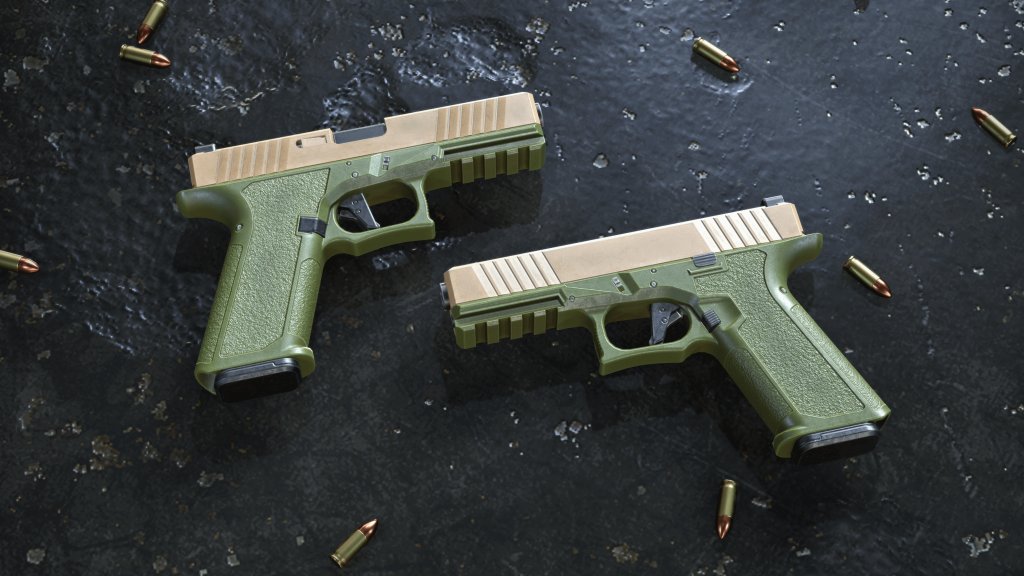
With that in mind, it’s good to be reminded that video games are completely fiction, and even those considered more realistic shooters often fail.
That’s not to say all video games fail in all of these departments or even any of these departments. This is more or less a generalization of video games.
So, let’s get into it.
Table of Contents
Loading…
What Video Games Get Wrong About Guns
1. Reloads
There are very few games that do accurate reloads in video games. I’m not talking about the animations, but what happens when you reload?
When you reload most games, empty a partially loaded magazine and insert a fresh one.
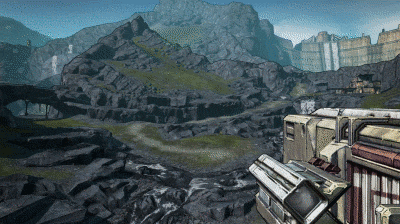
That partially loaded magazine never makes an appearance again. Every time you reload, you’ll use another, fully loaded magazine.
In real life, after a gunfight, it’s wise to reload and put your partially depleted magazine back in your kit for later.
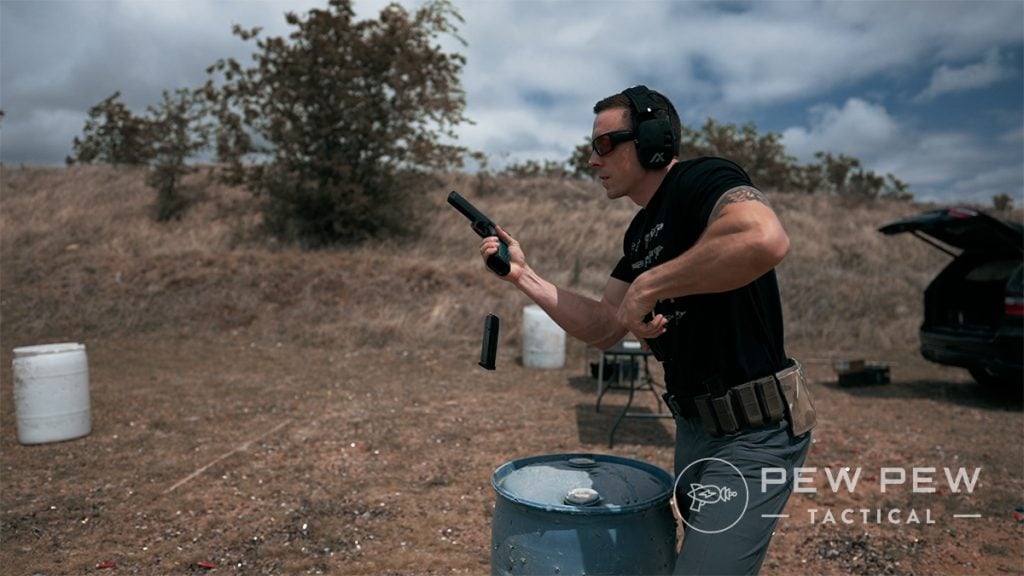
Who wants to ditch ammo? Eventually, if the day is long and rough, you’ll find yourself tapping back into partially loaded mags or reloading them completely.
In video games, that never happens.
My strategy in most games is to automatically reload regardless of how many rounds I’ve fired because I know I’ll never have to deal with a partially loaded mag.
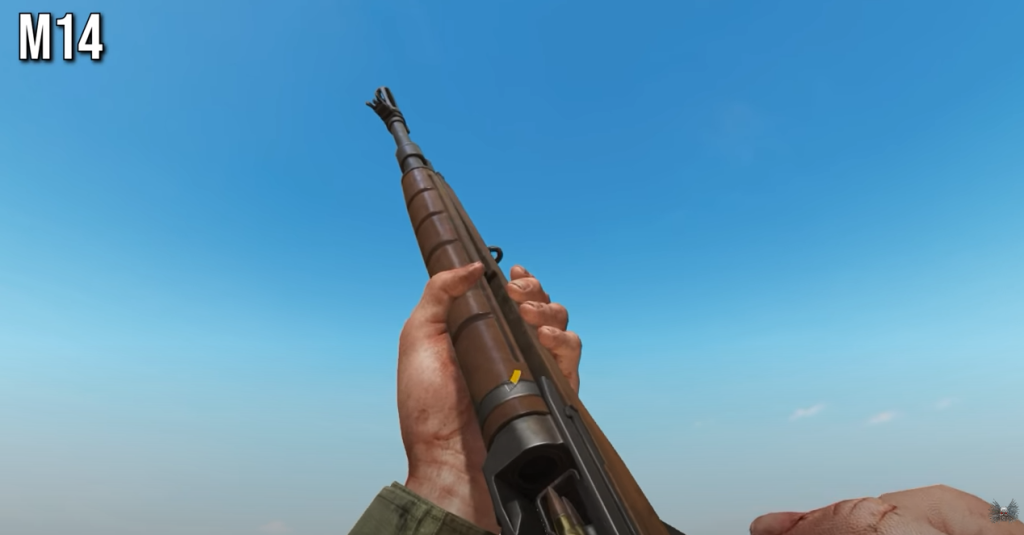
Very few games get this right, and off the top of my head Tarkov, the first SOCOM U.S. Navy SEALs, Rising Storm 2: Vietnam, and Operation Flashpoint use the partially reload mag scheme.
The original Mafia would just have you dump your partially loaded mag completely and abandon it.
2. Suppressors
There are two major things wrong with suppressors in video games, and the first is predictable…
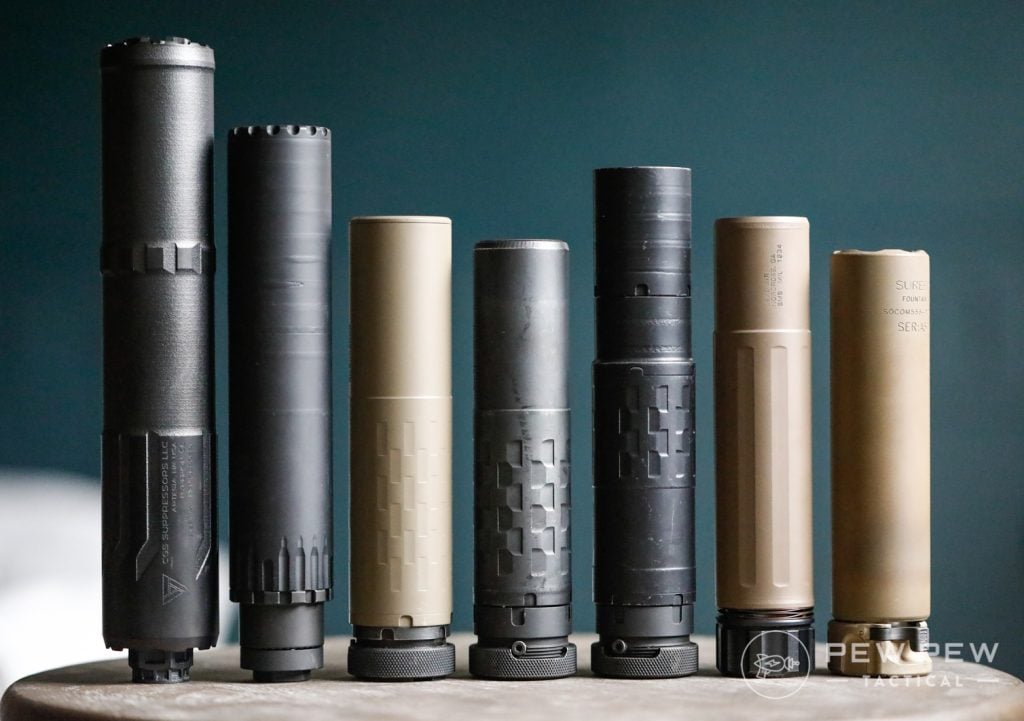
Most suppressors make the guns whisper quiet. You can shoot a guy within 2 feet of another guy, and the other guy won’t hear it.
As we all know, that’s not how cans work at all — with variables like ammunition, range, the action of the weapon, and even freakin’ humidity affecting the quietness of a shot.
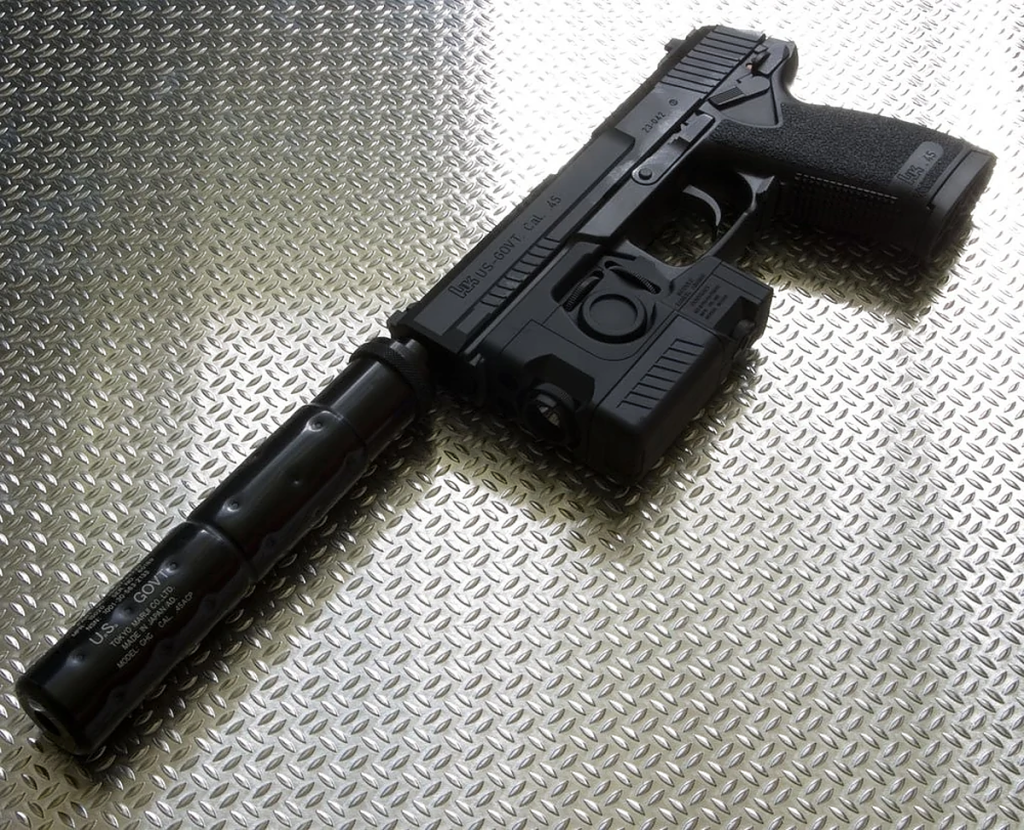
Besides being whisper quiet, a suppressor will often do something odd to your firearm’s performance. The most common effect is lowering its damage for some reason.
Cyberpunk 2077 is super guilty of this flaw. Other games will reduce the weapon’s range or even make the weapon less accurate.
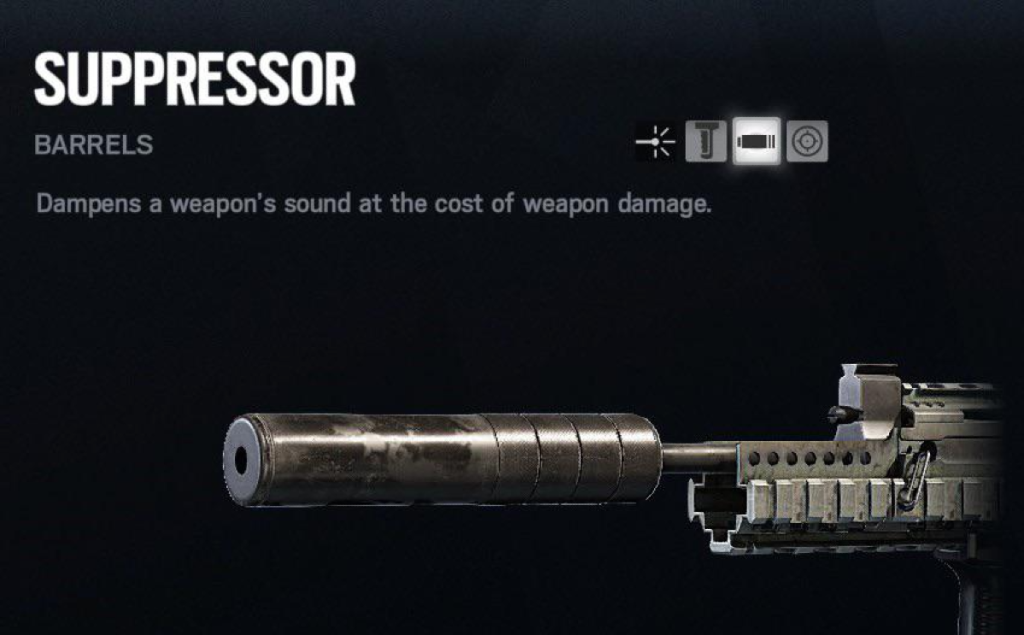
Very few get it right with games like Sniper Elite 5 doing cans justice and even invoking subsonic ammo.
The most realistic effect would be decreasing mobility or making the weapon difficult to conceal. Anything else is just kind of silly unless we are using subsonic rifle ammo.
3. “Damage” Between Guns
Another thing that never made sense to me is how different guns do differing amounts of damage regardless of caliber, barrel length, or projectile types.
The whole concept of hit points is rather silly, to begin with, but how do an M4 and an HK 416 have different damage when they both fire the same ammo?
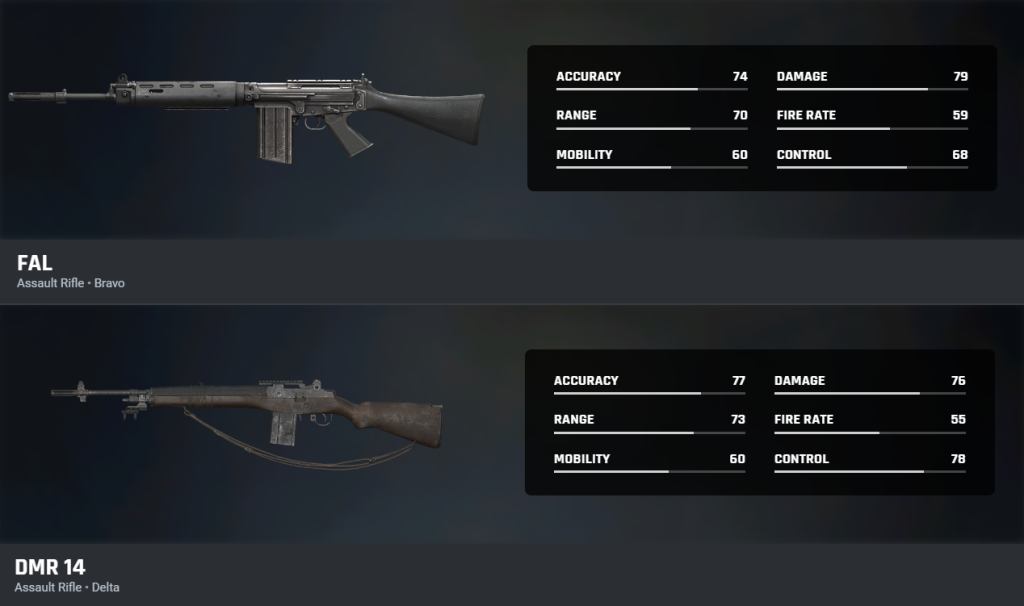
How does a Remington 870 do more damage than a Benelli M4, even though they are both 12-gauge shotguns?
The same could be said between handguns, SMGs, and more. Sure, it makes sense if its’ a 7.62 NATO rifle versus something like a 5.56 and similar caliber differences.
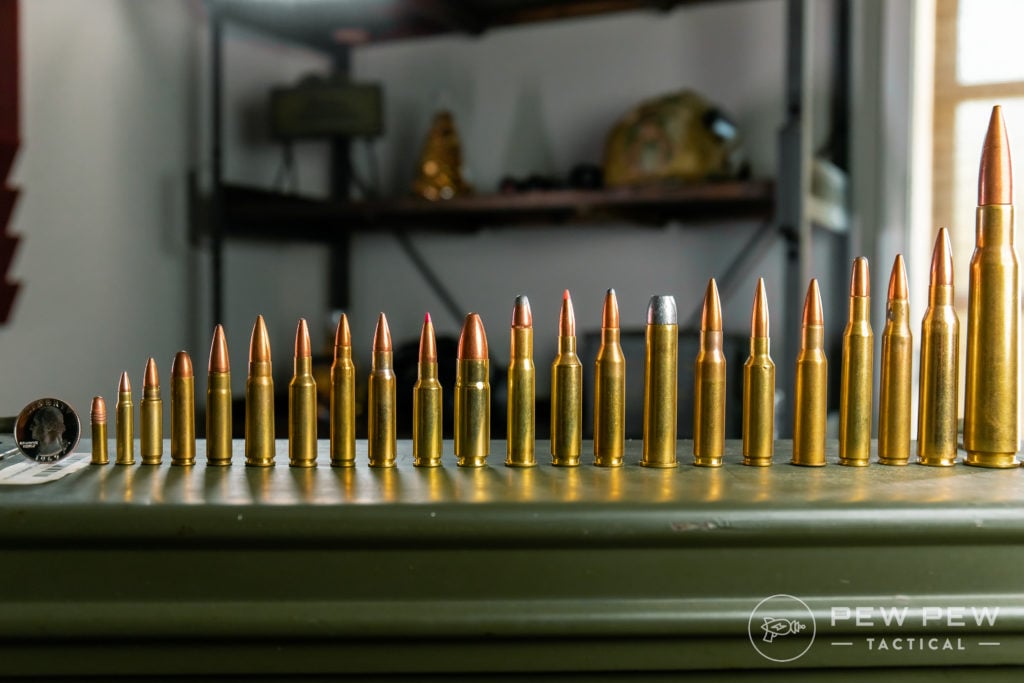
I’d even accept an M16 doing more “damage” than an M4 due to the velocity increase from a 20-inch barrel. However, two standard carbines sharing vastly different damage ratings are bizarre.
In reality, it’s much more about shot placement than the size of a projectile.
4. The Noise
Suppressors make guns whisper-quiet, and on the flip side, the noise of firearms is never truly replicated.
You can’t blow out a player’s speaker by simulating 150 decibels of gunfire, and I get that fully. Where guns fail is the noise of people shooting at you or other players engaging in a gunfight.

The guns should be ultra-loud, and you should be able to hear gunfire from several hundred yards away fairly easily.
Buildings, tree lines, and similar obstacles affect how noise travels; still, a gunfight 100 yards away shouldn’t be silent. Amp the noise up! Let’s make it brutal and easy to find your way around.
5. Shotgun Ammo Spread
While movies and fudd lore have helped create the wall-of-lead myth regarding shotguns, video games cemented it into the younger consciousness. That and Bill Burr’s “Got a good spread” joke.
In video games, the spread of a shotgun is almost always maximized from the moment the load leaves the barrel.
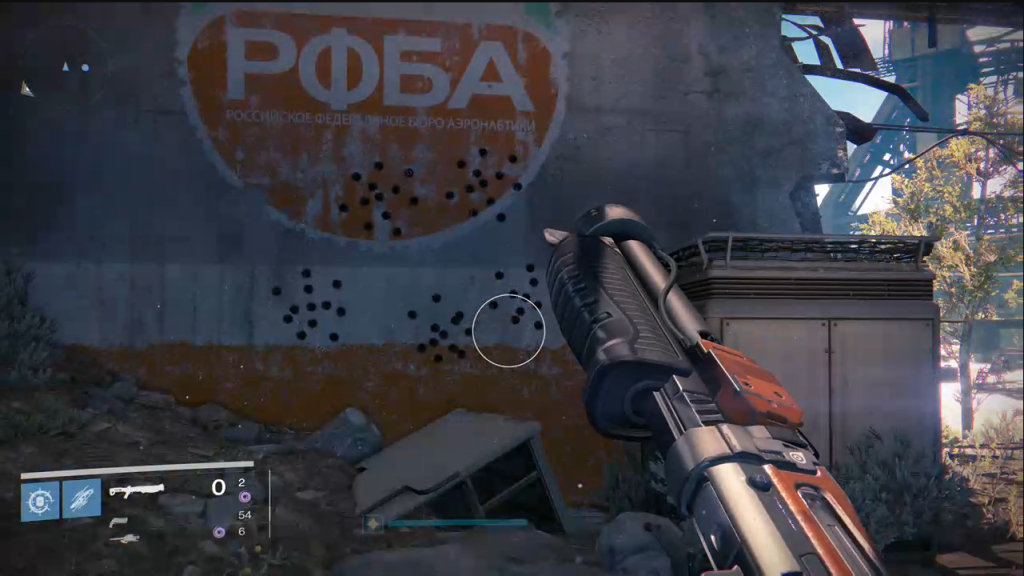
Shotguns create this massive wall of lead that makes it nearly impossible to miss. In reality, this couldn’t be further from the truth.
There used to be an adage that a load of buckshot spreads 1 inch per foot of travel from the barrel. Even that is inaccurate nowadays with modern loadings, chokes, and shotgun technology.
These days I can make a hole the size of a fifty cents piece at 5 yards with Federal FliteControl.
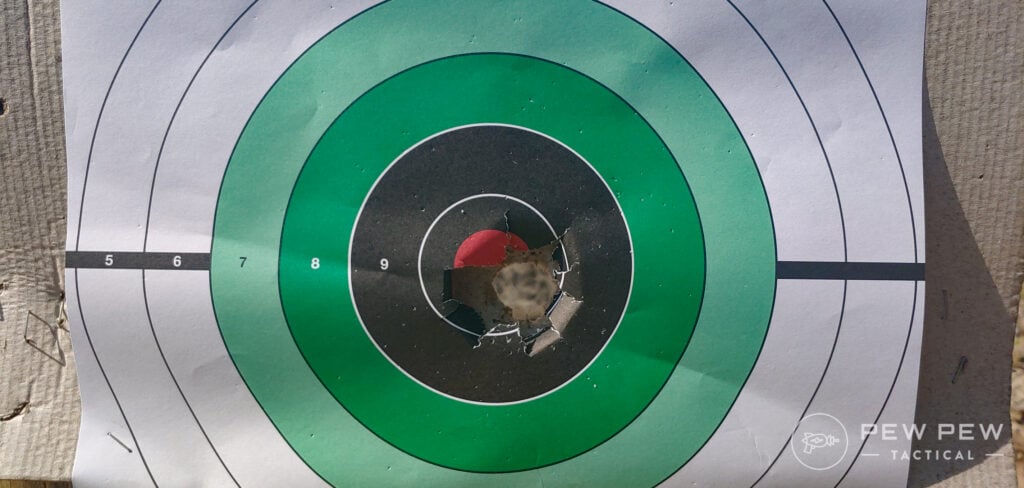
Still, shotguns are fast-moving, stumble weapons only good at point-blank ranges. Anything beyond a couple of feet often renders them useless.
Medal of Honor Airborne got shotguns right with the M12, and it was almost game-breaking due to how easy it was to take down Nazis.
6. Hip-Fire
Hip-fire is a huge part of video games. Even though they consider themselves a little more realistic than most, like Battlefield, they still use hip fire.
In video games, it’s fairly easy, considering you have a crosshair mounted to your vision. Hip-fire can be a winning tactic in video games at super close ranges.

The fight could be over in the split second it takes to raise the gun to aim. This ties back to the aspect of video game lives not meaning much and charging into a room full of bad guys chucking grenades being a valid tactic if it means the team wins.
In reality, hip-fire is silly. It’s tough to hit anything beyond point-blank range. Close retention with a handgun is essentially hip fire, and it’s only applicable when a threat is basically on top of you.

Don’t get me wrong, some of the most fun I’ve ever had was firing a belt-fed machine gun under my arm as a Lance Corporal without supervision…but that doesn’t make it effective for anything beyond giving me a smile.
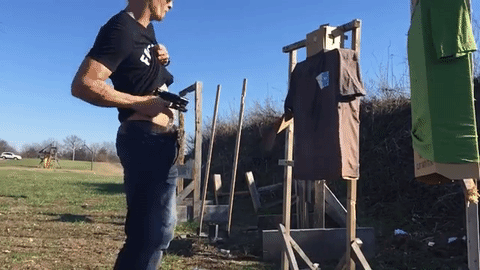
7. Movement & Weight
Speaking of belt-fed machine guns, carrying one can be a terrible experience. This is especially true in a dynamic environment where people like to shoot at you.
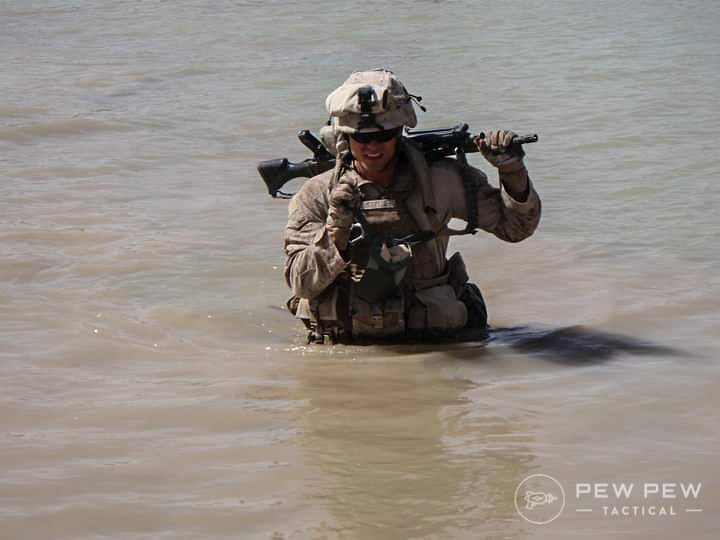
I remember being miserable packing a 30-pound machine gun and watching guys with M4s effortlessly climbing over walls, balancing on perilous logs over a river, and climbing under low-hanging walls.
Trying to do any of that with an MG is a real hassle. Hell, doing it with an M16 and M203 wasn’t fun, which brings me to my next point.
Video games never get movement or weight right with firearms.
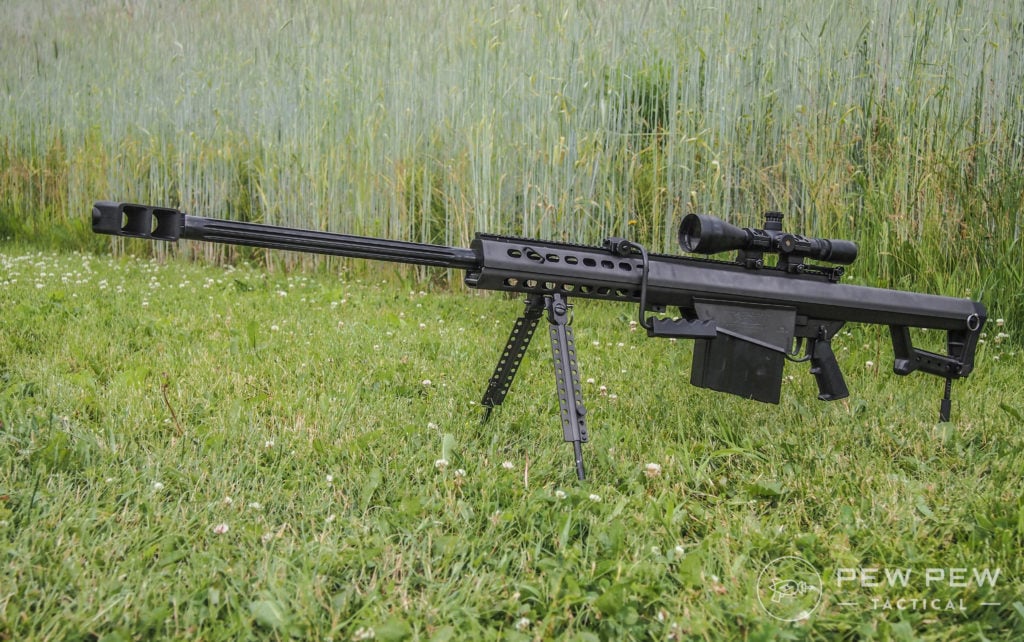
Guns make it tricky to navigate environments, especially dynamic environments that require jumping, climbing, and crawling. The bigger they get, the harder it becomes to navigate.
In video games, a guy with an M249 navigates a CQB environment just as well as a guy with an M4.
Also, heavier weapons, especially automatic ones, are difficult to shoot standing.
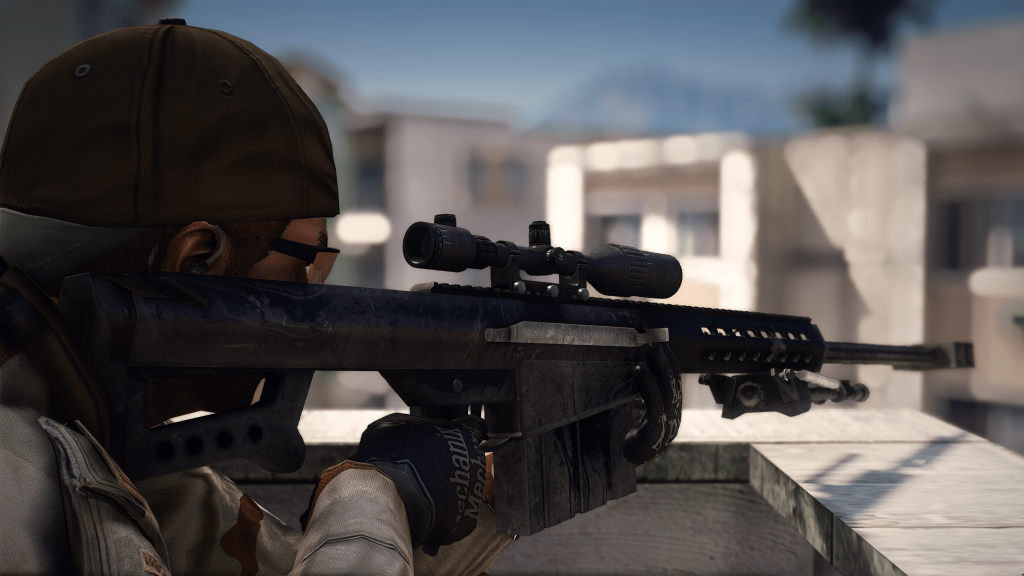
Somehow aiming an M249 is no more tiring or difficult than aiming an M4. Sure, the game might make the SAW tougher to control, but you can hold it up and ready forever without a weight penalty.
We often move to lighter, shorter weapons for a reason, but video games don’t seem to acknowledge that.
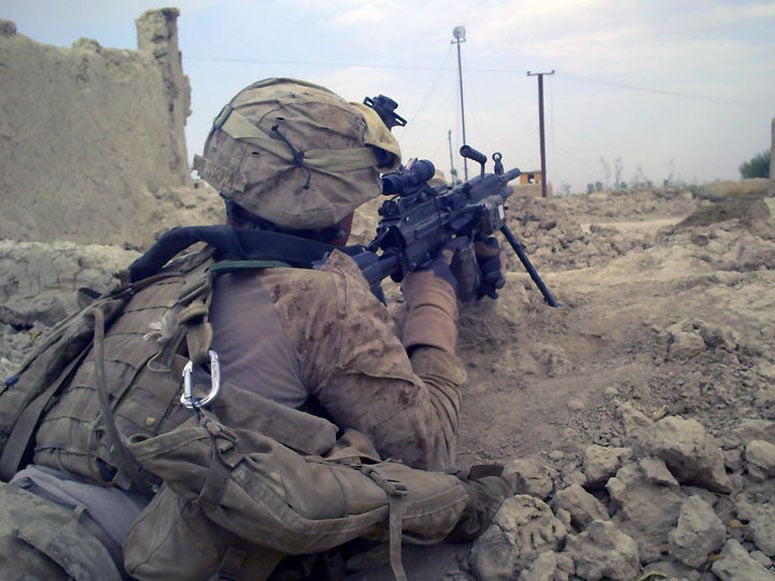
One of the few mainstream games that seem to prioritize belt feds on bipods is the Battlefield series. Too bad 2042 was such garbage, though.
8. Recoil
Oh yeah, video games seem to forget that recoil is a thing. Well, sometimes they do.
Many games sometimes feature accurate or close to accurate recoil for carbines and SMGs. Much like damage, sometimes an AUG recoils considerably more than an M4.
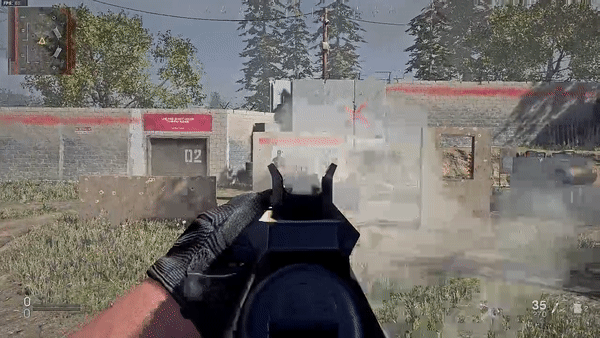
There doesn’t seem to be a constant consideration for ammo, caliber, weight, or design.
For example, an Uzi would recoil more than an MP5 due to the open bolt and straight blowback configuration, but that doesn’t seem much of a factor.
Handguns rarely recoil, and you can keep them on target and pull the trigger as fast as possible without seeing your sights move. Heck, machine pistols are viable weapons in video games.
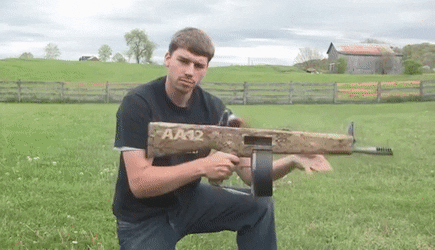
On the other hand, shotguns act like their 10 gauges with 3.5-inch magnum slugs. Shotguns can be easily controlled and fired rapidly by an experienced user without much aim disruption.
LMGs are fairly accurate for standing fire, but as mentioned, very few games implement a bipod or supported shooting to show the true superiority of a belt-fed in combat.
Recoil is all over the place.
Final Thoughts
What stops video games from getting guns right? Typically the fun factor.
There is a small market with Arma/Flash Point games for those who adore realism, but that’s not the mainstream by any means.
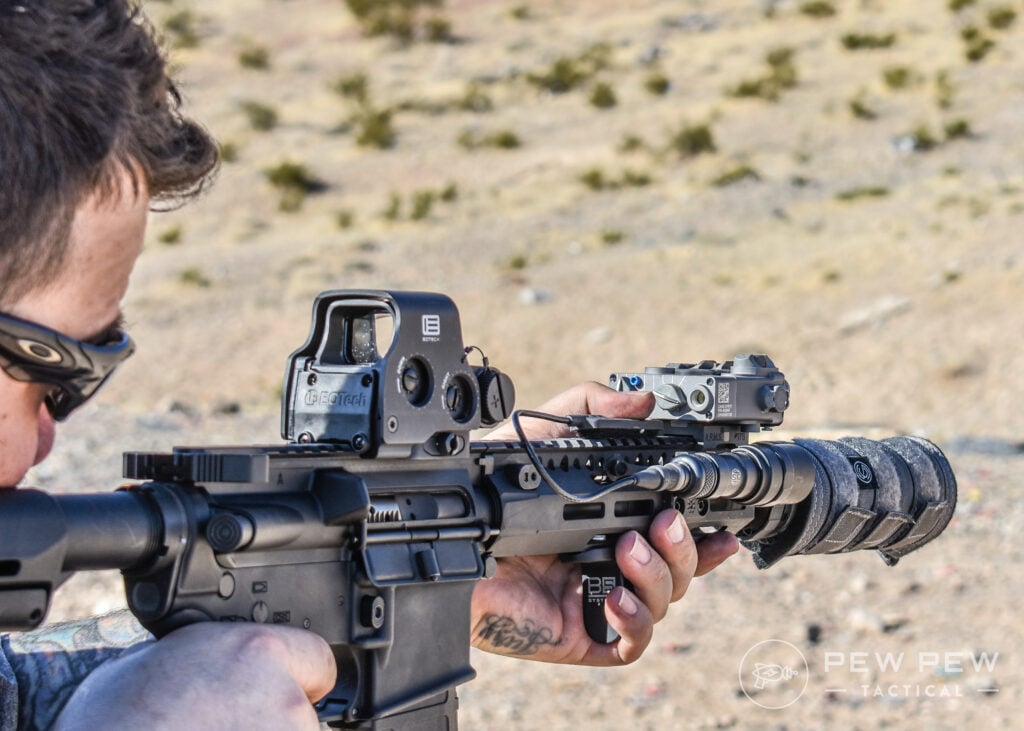
Games have to be fun and balanced. Each gun must have some strengths over another, or it’s relatively useless.
Games can often create a meta around guns that shows one’s superiority over another, IE, the M16A4 in COD 4 Modern Warfare, but that’s not the goal.
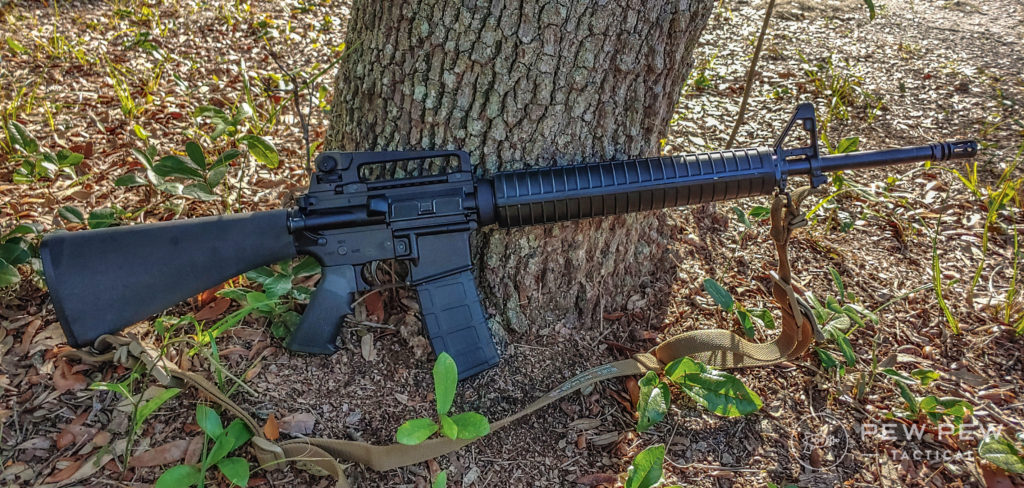
Balance is required, and every addition that grants a special ability, like a suppressor, also has to cause a penalty, like lowered damage, to balance the game.
What are some I’m missing? Share below, and let me know what you think shooters could do to be more realistic. Need more video games? Check out our list of the Top 10 Video Games for Hardcore Gun Nerds and the Most Iconic Video Games Guns Ever!

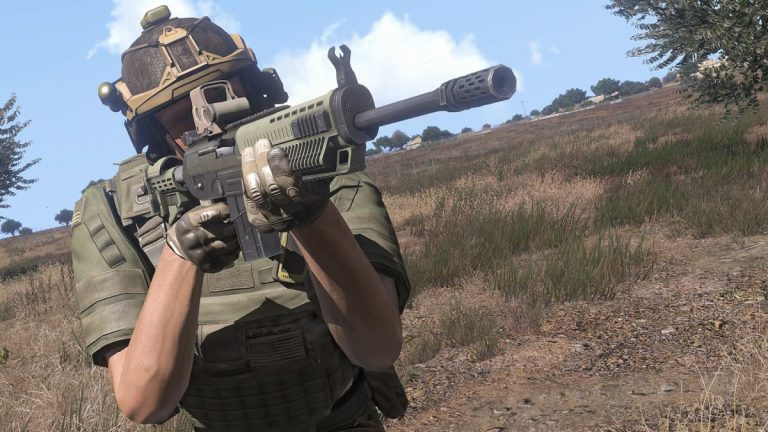







7 Leave a Reply
How did you leave holdovers off this list? I got into guns after years of video games and was fascinated by the manual sight adjustment needed with a 50yd zero. Makes perfect logical sense but it blew my mind after playing Battlefield for so long.
The tactical guys are always bringing up “Fudds”. I’d love to hear your definition of a fudd.
#9 quick scoping with any sniper, especially a .50cal. Why is it faster on target at any range through a scope than a holo or hard sights and even a pistol. Grrr
The thing I find most unrealistic is the modern trend of "hide for 5 seconds to return to full health". At least with medpacs or whatever you need to get "medical attention" to reduce your risk of death.
Going to the gun range for the first time after many, many years of video games, the noise was definitely the big one. I was actually expecting more recoil. I wasn't expecting sounds so loud I could feel them. But yeah, I have no idea how they could replicate that in a game.
I think a little bit of a screen fade effect being added to the corners when you fire would be a good way to represent that noise blast you get, especially indoors where the walls reverberate the sound. Plus it would be another way to help balance weapons and attachments: weaker rounds having less concussion and adding muzzle breaks increasing the concussion.
To be totally honest, I think Enlisted actually passes each of these points with flying colors.